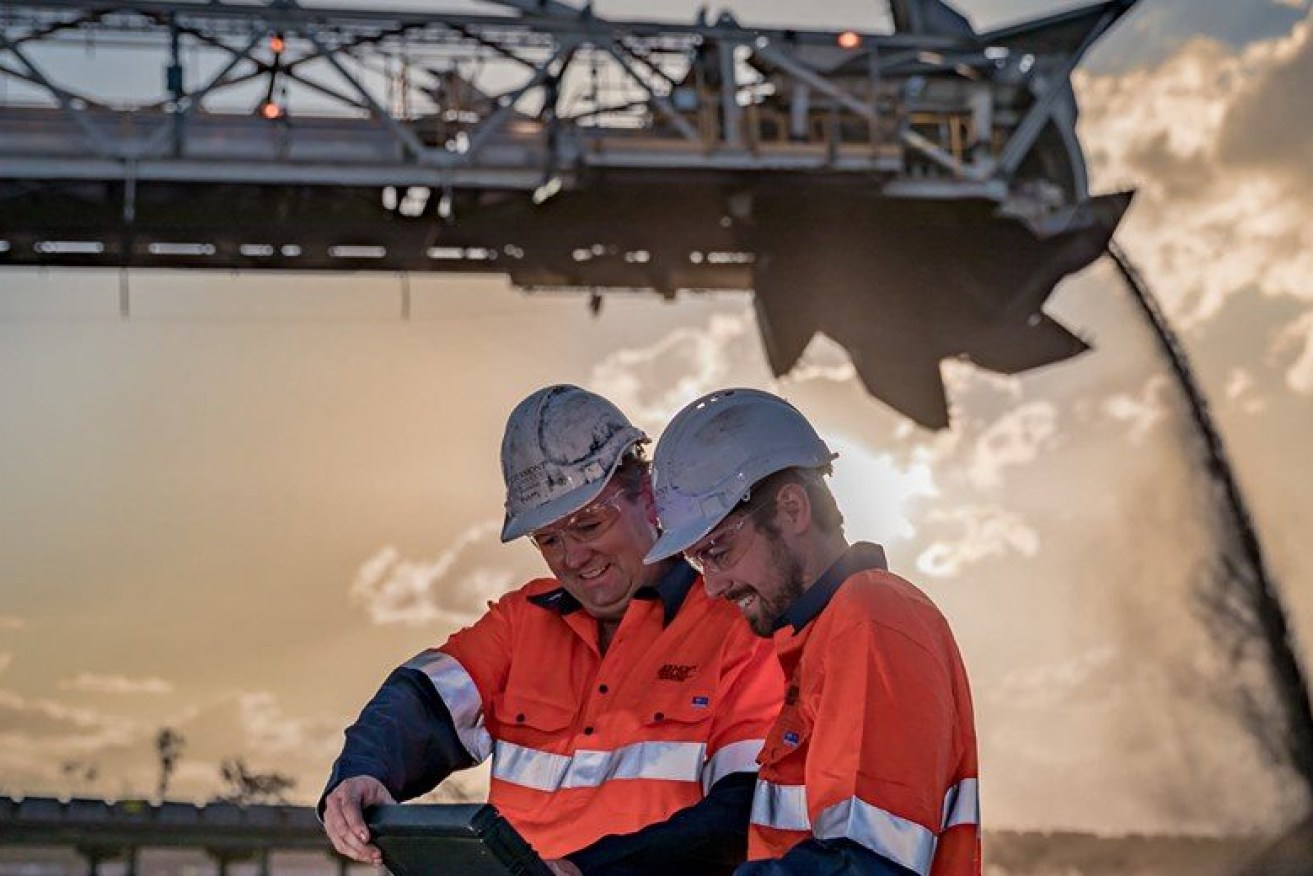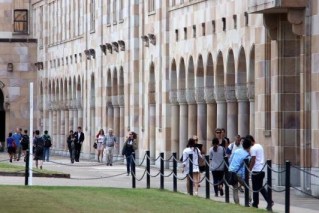Queensland coal, LNG sectors heading for a $27 billion rebound
Australia’s coal and gas sectors can expect a $27 billion rebound in revenue as metallurgical coal and LNG enter a period of higher demand and prices, according to a Federal Government report.


BHP is selling two of its mines. (Pic: supplied)
The rebound will have a significant impact on the Queensland economy because of the dominance of the met coal sector as well as the three LNG projects on Curtis Island, near Gladstone.
According to the Federal Government’s Office of the Chief Economist, the coal sector will undergo a $10 billion rebound as it rebalances its exports to new markets in the wake of the China trade bans.
It said Australia’s forecast met coal export earnings have been revised up by $3.8 billion in 2021–22 since the March Resources and Energy Quarterly.
LNG exports earnings were also forecast to increase from an estimated $32 billion in 2020–21 to $49 billion in 2021–22, as oil-linked contract prices rise sharply.
The quarterly report from the Office of the Chief Economist says metallurgical coal export values would reverse most of their recent decline, rebounding from $22 billion in 2020–21 to almost $32 billion by 2022–23.
It also tipped export volumes would grow to India, South Korea and Japan as well as Europe.
The mining sector is already witnessing a resurgence and analysis from the Queensland Resources Council found that the sector was employing a record 85,000 people.
The report said metallurgical coal prices had recovered moderately and premium hard coking coal was forecast to increase from an average $US143 a tonne in 2021 to around $US157 by 2023.
Australia’s exports are forecast to rise from a 2020-21 low of 171 million tonnes to reach 186 million tonnes by 2022–23.
‘’Supply chains disrupted by China’s informal import restrictions have largely reorganised, albeit with some loss of revenue,’’ the report said.
‘’Export volumes are forecast to rise back to 186 million tonnes, with export earnings reaching $32 billion by 2022–23.’’
The report said China’s informal import restrictions on Australian metallurgical coal had created a large price differential between Australian product and coal from other producers, such as the United States and Canada.
It said the differential was likely to persist through the outlook period, reducing the benefit of stronger market conditions for Australian exporters, but allowing for an arbitrage.
‘’As industrial production recovers outside China, demand for metallurgical coal is likely to rebalance, narrowing the price differential on Australian output and adding to revenue for Australian exporters.
It said the large price differential had created opportunities for arbitrage, with miners reselling product intended for Brazil and Europe into Chinese markets.
It said the capacity and willingness of steel mills to continue paying these costs represented a potential risk factor for non-Australian metallurgical coal prices, with overall Chinese imports expected to edge down in the second half of 2021.












